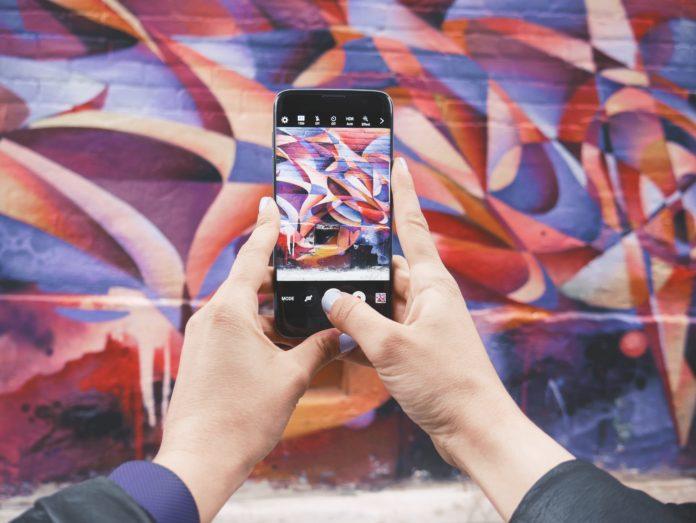Influencer marketing has become an essential aspect of any brand’s marketing strategy. With more and more consumers relying on social media to make purchasing decisions, partnering with influencers can help brands reach their target audience effectively. However, it’s not enough to simply find an influencer with a large following and hope for the best. To ensure the success of your influencer marketing campaign, you need to use data effectively.
Data is an incredibly powerful tool in influencer marketing, helping brands to make informed decisions about which influencers to partner with, what content to create, and how to measure the success of their campaign. By leveraging data, brands can better understand their audience, identify the most effective influencers, create effective content and track the ROI of their campaign.
In South Africa, influencer marketing has become increasingly popular over the past few years, with a growing number of brands turning to social media influencers to reach their target audience. According to a report by Webfluential, the industry is worth around R1 billion per year. According to a survey by SA Social Media Landscape, 75% of South African marketers plan to increase their influencer marketing budgets in the coming year.
At 8909, there are four crucial touch points where we allow data to lead our influencer marketing.
- Using data to understand your audience
The first step in any successful influencer marketing campaign is to understand your target audience. By analysing data from your existing customers and social media followers, you can gain valuable insights into their interests, behaviours, and preferences. This information can help you identify the types of content that will resonate with your audience, and the influencers who are most likely to reach them.
The most popular categories for influencers in South Africa are beauty, fashion, and lifestyle, with fitness and health growing in popularity.
Consider your target audience to be foodies as an example. However, everyone requires food (you know, to live). There are niches within the foodie category: vegans, plant-based, braai-boys, dessert lovers, health fanatics, and so on. When you tap into these niches, you will see the highest conversions because this is what the audience expects to see and trusts the influencer for this advice/opinion/endorsement.
- Using data to Identify, Vet and Select the Right Influencers
One of the most crucial aspects of influencer marketing is identifying the right influencers to work with. The success of a campaign largely depends on the influencer’s ability to resonate with the target audience. In South Africa, influencers are particularly effective at reaching younger audiences. Therefore, it is essential to select influencers who have a strong connection with the brand’s target audience.
According to a survey by Nielsen, 45% of South African Gen-Z consumers say they have made a purchase based on an influencer recommendation, compared to 39% of Millennials and 19% of Gen-X. This suggests that partnering with influencers can be particularly effective for brands targeting younger audiences.
Data analysis plays a vital role in identifying the right influencers. By analysing social media data, we can gain insights into quantitative measures such as an influencer’s reach, engagement rates and audience demographics; as well as qualitative data such as audience interests. This information can help brands determine if an influencer’s audience aligns with their target audience.
- Using data to create effective content that resonates with your target audience
By analysing the performance of your existing social media content, you can identify the types of content that are most likely to engage your audience and replicate this success in your influencer marketing campaign; creating a content strategy within the influencers style of content creation and theme; while also landing the brand messaging. Brands can also use data to split (A/B) test different messaging to determine what resonates best with their target market.
- Using Data to Measure Performance of Influencer Marketing
In South Africa, influencer marketing has proven to be an effective way to reach consumers. According to the Webfluential report, 54% of consumers in the country have made a purchase after seeing an influencer post, and 78% of them trust influencers’ recommendations. However, one of the biggest challenges of influencer marketing is measuring its ROI. Brands need to determine whether the investment in influencer marketing is worth it or not. To do this, brands need to track metrics such as engagement rates, click-through rates, and sales.
Data analysis can help brands measure the ROI of their influencer marketing campaigns. By tracking the above-mentioned metrics, brands can determine if their campaigns are generating the desired results. This information can help us refine their strategies, make optimisations mid-campaign and allocate their marketing budgets more effectively. At 8909, we also compare the results of different campaigns to determine key wins to implement into other campaigns.
In conclusion, influencer marketing has become a crucial part of a brand’s marketing strategy. However, to be successful, it requires a data-driven approach. By using data effectively, brands can identify the right influencers, create effective content and measure the ROI of their campaigns. In South Africa, influencer marketing has seen significant growth in recent years. According to a local report, 72% of marketers in the country have used influencer marketing, and 93% of them found it to be effective.
As influencer marketing continues to evolve, brands don’t really have a choice other than to stay up-to-date with the latest trends and begin to implement them.












